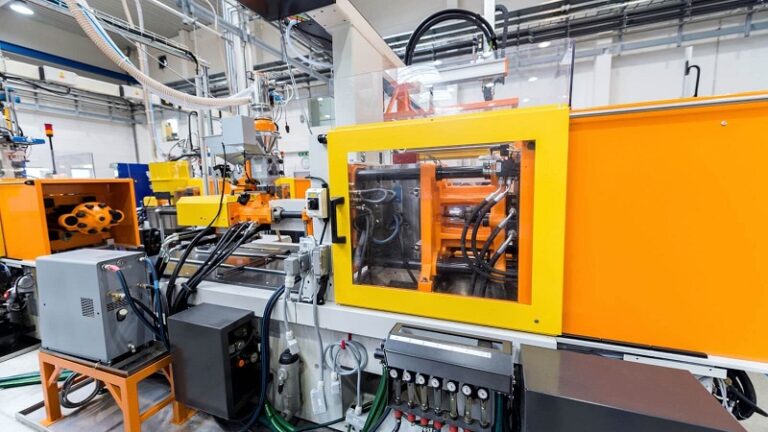Navigating the complexities of the K1 visa process can be challenging for couples eager to reunite in the United States. Retaining a K1 visa lawyer can significantly ease the burden by providing expert guidance and assistance throughout the application process. This specialized legal support ensures that all paperwork is accurately completed and submitted, reducing the risk of delays or denials.
Our team recognizes that each couple’s situation is unique. A dedicated K1 visa lawyer can tailor their services to meet your specific needs and circumstances. By offering personalized advice and advocating on your behalf, lawyers play a crucial role in helping you and your partner overcome any potential legal hurdles.
Moreover, lawyers offer peace of mind by staying up-to-date with the latest immigration laws and regulations. This allows us to expertly navigate any changes that might affect your application, ensuring that your path to being together is as smooth as possible.
Understanding the K-1 Fiancé Visa
The K-1 Fiancé Visa offers a pathway for foreign nationals engaged to U.S. citizens to enter the United States. We explore the eligibility criteria, the role of the United States Citizenship and Immigration Services (USCIS), and why having legal guidance is crucial.
Eligibility Requirements for the K-1 Visa
To qualify for the K-1 Fiancé Visa, both the petitioner, a U.S. citizen, and the foreign national must meet specific criteria. An important requirement is that the couple must have met in person at least once within the two years preceding the filing of the petition. If cultural customs or extreme circumstances prevent this meeting, waivers may be available.
Additionally, both parties must intend to marry within 90 days of the foreign national’s arrival. Legal documentation, such as evidence of the relationship and proof of intent to marry, is essential. Financial requirements must also be met, demonstrating that the U.S. citizen can support their fiancé financially, thereby preventing them from becoming a public charge.
The Role of USCIS in the K-1 Visa Process
The USCIS plays a critical role in the processing of the K-1 Visa. Processing involves reviewing the petition filed by the U.S. citizen. We file the Form I-129F, Petition for Alien Fiancé, along with necessary documents, including proof of citizenship and relationship.
USCIS officers review the submission for completeness and adherence to the regulations. They may issue a Request for Evidence if additional documentation is needed. Once the petition is approved, it is forwarded to the U.S. Department of State’s National Visa Center for further processing before it reaches the embassy or consulate where the fiancé applies for their visa.
The Importance of Legal Representation in Immigration Law
Navigating the complexities of immigration law can be challenging without professional guidance. Consulting with a K-1 visa lawyer ensures thorough understanding of the legal requirements and helps in preparing a compelling application. Immigration attorneys assist in gathering and organizing essential documents and addressing issues that may lead to delays or denials.
Legal representation becomes particularly important if complications arise. Attorneys can offer advice on presenting waivers for unmet eligibility criteria or responding to Requests for Evidence. As immigration law evolves, staying informed is crucial, and legal experts provide invaluable updates and strategies for successful applications.
The K-1 Visa Application Journey
Embarking on the K-1 Visa journey involves several crucial stages, from filing the Petition for Alien Fiancé(e) and getting the petition approved, to preparing for the visa interview. Our focus will be to guide you through each step effectively to help manage expectations and maximize the chance of success.
Steps in Filing the Petition for Alien Fiancé(e)
The first step is to complete and file Form I-129F, Petition for Alien Fiancé(e), with the U.S. Citizenship and Immigration Services (USCIS). We must provide evidence of our relationship, such as photos and communication records. Including a valid passport, birth certificate, and proof of termination of any previous marriages is essential to demonstrate eligibility.
Outlined below are necessary components for a successful petition:
- Completed Form I-129F
- Documentary Proof: Evidence of genuine relationship
- Personal Documents: Copies of valid passports, birth certificates
- Filing Fee: Payment as required by USCIS
It’s crucial to ensure all documents are correctly prepared to prevent delays in processing our application.
From Petition Approval to Visa Application Process
Once the USCIS approves our petition, it goes to the National Visa Center (NVC) before reaching the U.S. Embassy or Consulate where the immigrant will apply for the K-1 visa. The NVC assigns a case number and forwards the case to the appropriate consulate. During this time, completing the DS-160, the online nonimmigrant visa application, is necessary.
We also need to gather the following:
- Affidavit of Support: Demonstrating financial capability to support the fiancé(e)
- Police Certificate: For verifying any criminal history
- Medical Examination: Completion by an approved physician
Being thorough with documentation here facilitates smoother progression to the next stage.
Preparation for the K-1 Visa Interview
Arguably the most vital part of the journey is preparing for the K-1 visa interview. The immigrant needs to appear for an embassy interview, carrying crucial documents such as medical examination results, police certificates, and passport-style photos. Evidence of financial support and any required affidavit of support must be ready.
Appropriate preparation includes:
- Scheduling and Attending the Interview
- Valid Passport: Must be valid for at least six months
- Embassy-Specific Requirements: Following detailed instructions from the consulate
A successful interview leads us to visa approval, allowing the fiancé(e) to enter the United States to get married within 90 days.












